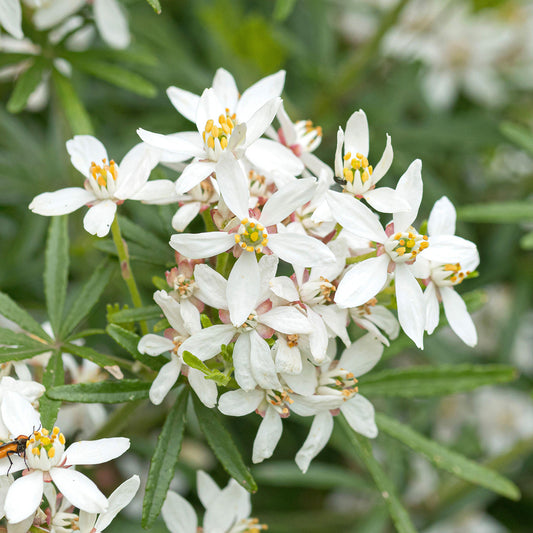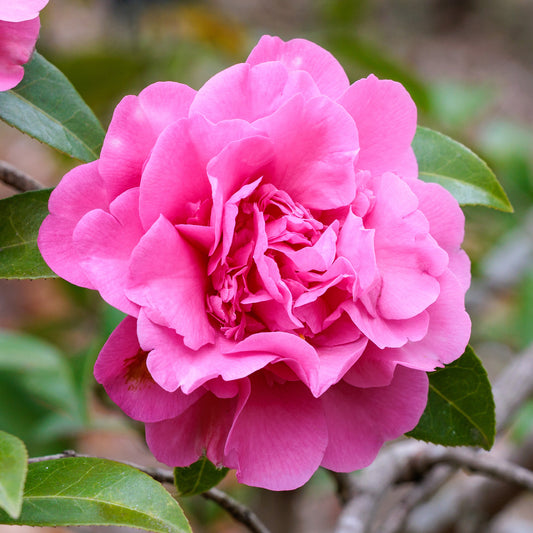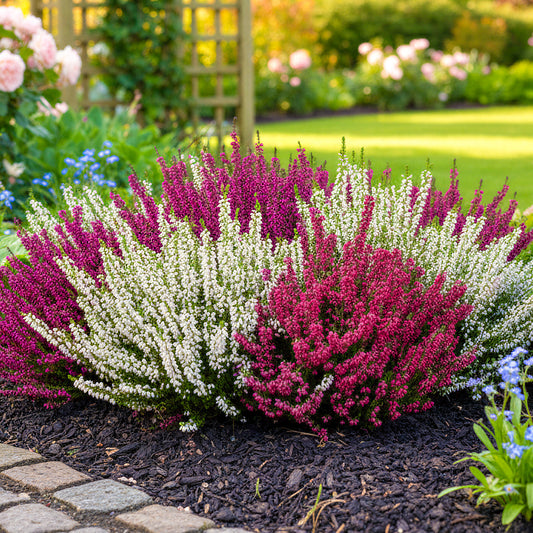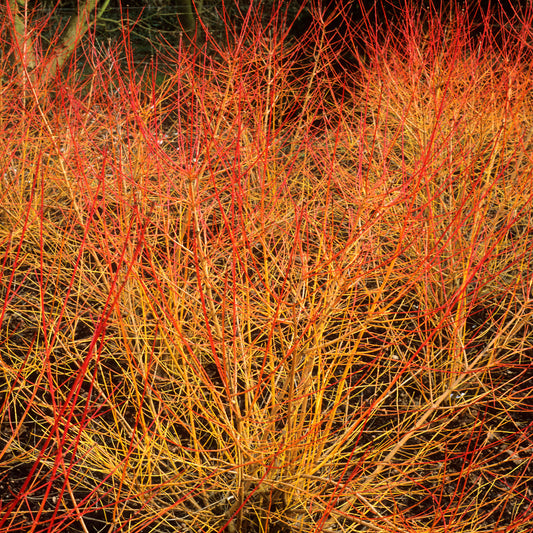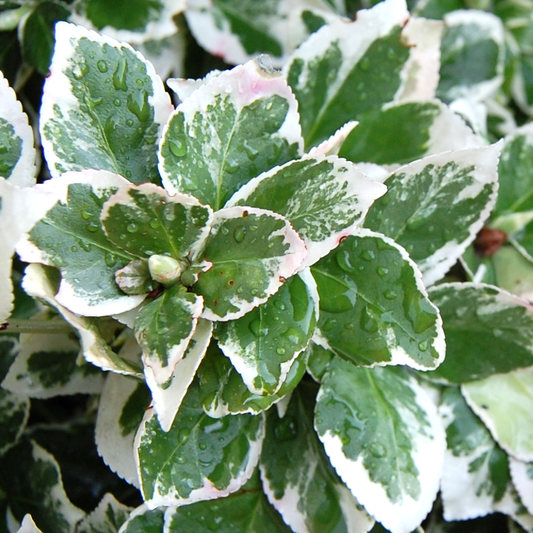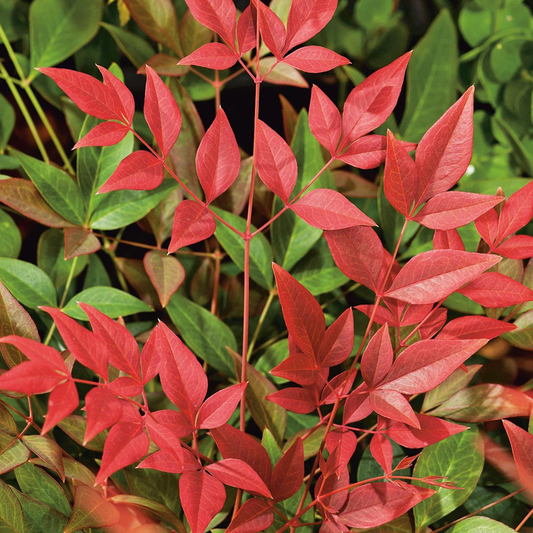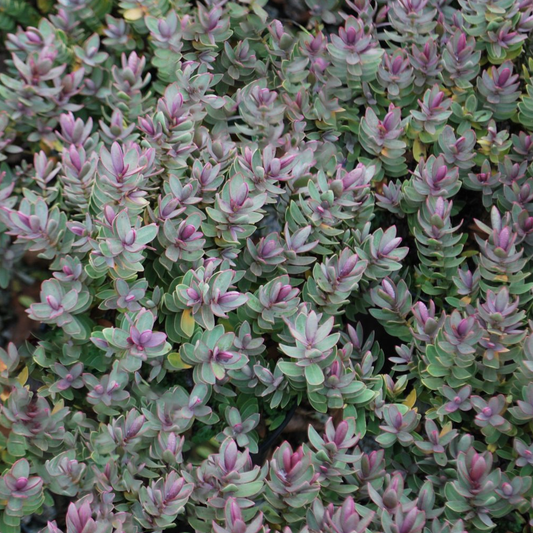Product description
“Elizabeth” is an evergreen shrub with uniquely shaped and coloured foliage. The oval leaves are wavy and variegated. And the foliage exhibits a striking pink colour combined with cream along the fringes.
Flowering, which occurs during the months of May and June, is usually not significant, but when noticeable they are pleasantly scented with notes of honey and vanilla. These are followed much later in the season with small, brown fruit.
Tolerant of most soil types, however, they prefer the soil to be well-drained. They are especially good in full sun to partially shaded areas.
Hardy down to -10°C, they will fare better in sheltered positions that protect them from cold winter winds.
Suggested uses include as a complete and unique hedge row. This plant also works well for including in a design as part of a natural-feeling garden arrangement, like around a cottage. Also, pruning for size in late summer can help adjust for appropriate size and growth in courtyard or urban garden areas. Although, in general, light pruning is recommended.
Garden Plant Size Guide

Plants in larger pots can be multiple years older than their smaller counterparts with more mature root systems and foliage. This makes them able to thrive as a full size plant in your garden quicker than smaller alternatives.
The most common size of pot that garden plants come in are 9cm/1L/3L/5L this is in reference to the diameter at the top of the pot.
9cm potted plants still remain the most popular cost effective option though, they just may take a little patience to allow them to grow into full maturity once planted in your garden.
Plant specs, care guide & tips
Key features
Specifications
When to plant
| Jan | Feb | Mar | Apr | May | Jun | Jul | Aug | Sep | Oct | Nov | Dec |
|---|---|---|---|---|---|---|---|---|---|---|---|
Planting and period of interest times are general guidelines and may vary based on your location and conditions. For best results, consult local gardening resources.
Instructions
Top Tip
Prune Pittosporum plants after flowering to maintain shape and promote bushier growth. Avoid cutting into old wood.
How to Water
Water regularly, especially during dry spells, but avoid waterlogging. Once established, Pittosporum is moderately drought-tolerant. Ensure the soil remains moist, but well-drained.
How to Plant
Plant Pittosporum in well-drained soil, ideally in a sunny to partially shaded spot. Dig a hole twice the size of the root ball and position the plant at the same depth. Space plants 60-90cm apart for optimal growth.









